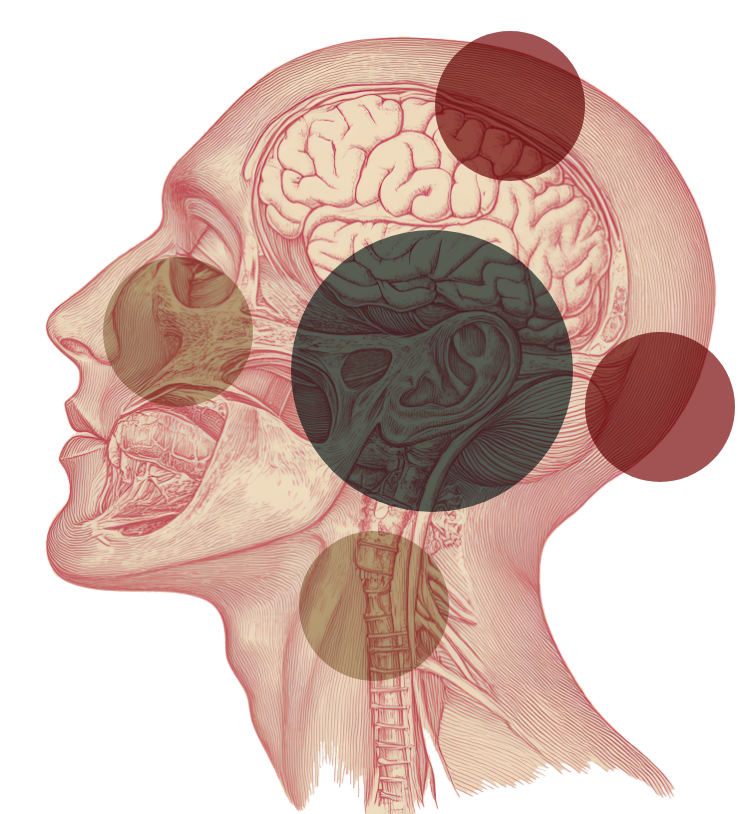
What is the parotid gland?
The parotid gland is one of a pair of salivary glands located in the face. There is one gland on each side of the face, situated in front of the ears.
Lumps or tumors can develop in the gland as a result of abnormal growth in part of the tissue. These tumors are usually benign. Malignant tumors (cancer) in the parotid gland are rare.
A fine needle aspiration (FNA) biopsy in the clinic can help determine the nature of the tumor.
Why is surgical removal of the tumor necessary?
Although 80% of parotid tumors are benign, removal is recommended because they generally continue to grow and may, over time, undergo malignant transformation. In addition, a definitive diagnosis of the tumor’s nature can only be made after surgical removal and histological examination.
Parotidectomy is the surgical removal of part or all of the parotid gland along with the tumor.
What does parotidectomy involve?
The procedure is performed under general anesthesia. The incision begins in front of the ear and extends downward along the side of the neck. Although somewhat long, it typically heals very well and is similar to incisions used in cosmetic facial surgery (face-lift). At the end of the procedure, a temporary plastic drain is placed, and the wound is closed with appropriate stitches or surgical clips. Hospital stay usually lasts 24–48 hours after surgery. Time off work is typically recommended for about two weeks.
What are the possible complications?
Facial Nerve Weakness:
The facial nerve and its branches pass through the parotid gland. This nerve controls the facial muscles (one for each side of the face). If it is injured during surgery, it can cause weakness or paralysis of part or all of one side of the face.
The use of a nerve monitor during surgery helps reduce this risk by tracking the nerve and its branches.
Even if weakness occurs, it is temporary in most cases. In benign tumors, the risk of permanent facial weakness due to nerve injury during surgery is about 1%.
Numbness of the ear:
The skin around the incision, especially the earlobe, may feel numb for a short period after surgery.
Hematoma:
Clotted blood beneath the skin in the area of the incision (hematoma) can develop in about 5% of cases and may require surgical drainage.
Salivary fistula:
In some cases, saliva produced by the parotid gland may leak. It may exit through the wound or collect under the skin, forming a cyst at the surgical site in about 2–5% of cases. This can usually be successfully drained in the clinic.
Frey’s Syndrome:
Some patients experience sweating and redness of the face in the surgical area during eating. This may occur because the salivary nerves that previously innervated the parotid gland (now removed) begin to stimulate the sweat glands under the skin. This condition can usually be managed conservatively.